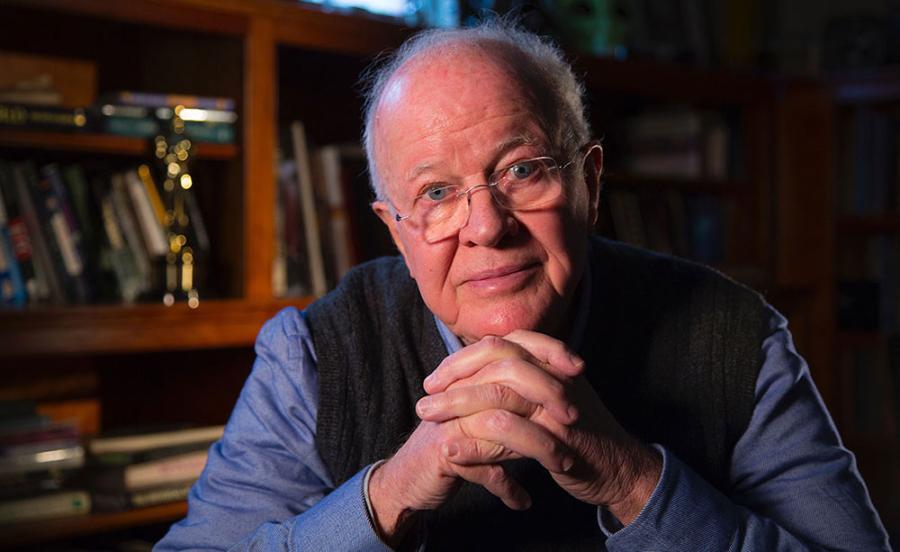The Art of Attractions | He Took Us Back to the Future of Themed Entertainment

It's rare for anyone to be a true visionary and pioneer in one field, let alone two. But Douglas Trumbull, who passed away in February 2022, was a rare individual.
Perhaps best known for his work in the film industry, Trumbull developed the innovative slit-scan photography that made the trippy Stargate Corridor sequence possible in Stanley Kubrick’s “2001: A Space Odyssey.” Trumbull served as special effects supervisor for the landmark film and credits the director with opening his eyes to the medium’s potential.
Kubrick, he once told me, showed him that “film could be a subjective experience—that the audience could actually become part of the film.” Using every technological tool then available, such as wraparound screens and six-channel stereo sound, Kubrick did “whatever it took to send the audience off into space.”
It inspired Trumbull to produce groundbreaking special effects work on classic movies such as “Close Encounters of the Third Kind,” “Star Trek: The Motion Picture,” and “Blade Runner.” He made his directorial debut with the dystopian sci-fi film “Silent Running.”
A brilliant and lifelong tinkerer, Trumbull created Showscan, a 70 mm, high-frame-rate cinematography process. It was one of many innovations he produced in his quest to effectively shatter the screen surface and meld audiences with the movies. He was dismayed, however, by Hollywood’s tepid response to his avant-garde concepts.
Trumbull walked away from his successful film career, settled in rural Massachusetts, and refocused his energy on an industry that embraced his revolutionary developments: parks and attractions.
“He was thrilled,” says his wife, Julia Trumbull, about the opportunities that themed entertainment gave him to realize his vision for what could be done with film. “He wanted to create experiences that were new and challenging and mind-blowing.”
The first time I met Mr. Trumbull was some 30 years ago, just after he wrapped production on “Back to the Future: The Ride” for Universal Studios Florida. It was my first article as a park journalist, and he was the first person I interviewed. It was enchanting to be in Trumbull’s presence and wit-ness the sense of wonder and joy he brought to his work. This was in the days before computer-generated imagery took hold, and he delighted in taking me on a tour of the miniature sets he had built in his studio, including scale models of a volcano and a fearsome-looking Tyrannosaurus rex.
Universal contacted the right guy for the job. Among other projects, he and his team later developed a trilogy of attractions, including a motion simulator ride for the Luxor in Las Vegas.
A few years ago, Trumbull invited me to his studio to witness a short, experimental movie he created to demonstrate the Magi process he had developed. Shot using an ultra-high frame rate and resolution and shown using state-of-the-art, extremely bright projectors; a large, highly reflective screen; and other enhancements, the 3D presentation was jaw-dropping. In his relentless pursuit to create spectacular and truly immersive experiences, he had succeeded in creating a powerful, almost overwhelming sense of realism. In doing so, Trumbull’s conjuring of reality was magical.
“I may never actually get to the moon or travel to the stars in my lifetime,” he told me. “But I can go there in my mind, and I can simulate the experience.”
There is an epilogue to his journey. Later this year, some of Trumbull’s cremated remains will be launched aboard a Celestis deep space mission on the “Enterprise Flight,” which will also include remains of “Star Trek” creator Gene Roddenberry.
“I can’t imagine anything more perfect for Doug,” Julia Trumbull says. “To be able to go out into space, which he loved to create in entertainment.”
I’ll see you at the parks. I’ll be the one looking up at the night sky after riding the motion simulator attraction and thinking about the enormous debt of gratitude we owe to Douglas Trumbull.
